Home>Garden Essentials>What Is Hard Landscaping
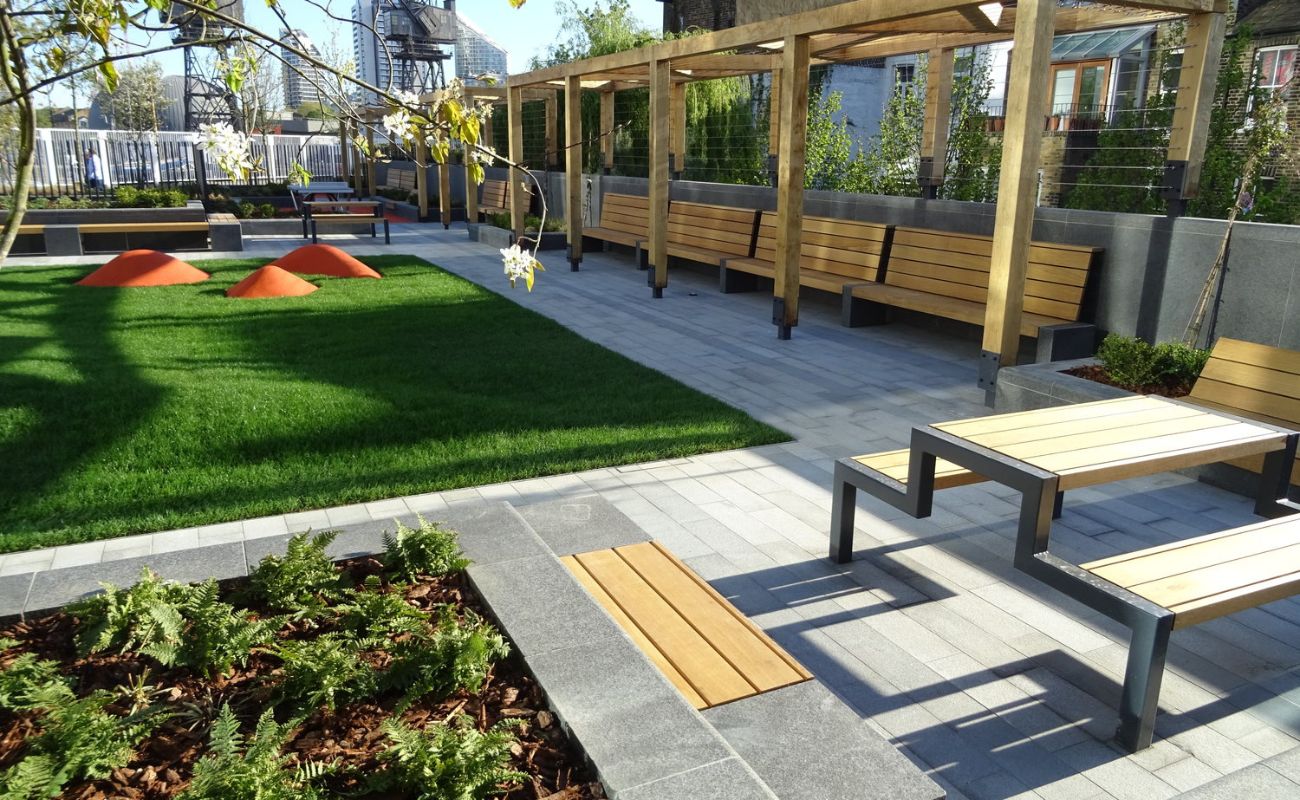

Garden Essentials
What Is Hard Landscaping
Modified: March 7, 2024
Learn about hard landscaping and how it can enhance your garden. Discover the various elements and materials used in garden hard landscaping projects.
(Many of the links in this article redirect to a specific reviewed product. Your purchase of these products through affiliate links helps to generate commission for Storables.com, at no extra cost. Learn more)
Introduction
Welcome to the world of hard landscaping, where the elements of design, craftsmanship, and nature blend seamlessly to create stunning outdoor spaces. Hard landscaping refers to the non-living elements in a garden or outdoor area, such as paths, walls, patios, and structures. These features play a crucial role in shaping the overall aesthetic appeal and functionality of a space.
From minimalist contemporary designs to rustic, natural settings, hard landscaping provides the foundation on which the beauty of a garden is built. It is a combination of creativity and practicality, merging artistry with functionality to create harmonious outdoor environments.
In this article, we will explore the various aspects of hard landscaping, including its definition, materials used, types of features, benefits, design considerations, maintenance, and common mistakes to avoid. Whether you are a seasoned gardener or someone looking to embark on a landscaping project, this comprehensive guide will equip you with the knowledge to transform your outdoor space into a captivating oasis.
Key Takeaways:
- Hard landscaping includes non-living elements like paths, walls, and patios, enhancing the beauty and functionality of outdoor spaces. It’s a blend of creativity and practicality, creating stunning garden environments.
- Choosing durable materials like stone, concrete, and wood for hard landscaping features can increase property value, reduce maintenance, and provide extended outdoor living space. Thoughtful planning and regular upkeep are essential for long-lasting beauty.
Definition of Hard Landscaping
Hard landscaping encompasses the structural and non-living elements of a garden or outdoor area. It refers to the construction and installation of features such as paths, driveways, walls, fences, patios, decks, pergolas, and water features. These elements provide the framework for the overall design, creating a functional and aesthetically pleasing outdoor space.
Unlike soft landscaping, which involves the use of plants, trees, and other living elements, hard landscaping focuses on the built environment. It involves working with materials such as stone, concrete, brick, wood, and metal to create durable and long-lasting structures.
One of the key aspects of hard landscaping is its ability to enhance the functionality of an outdoor space. For example, a well-constructed pathway can improve accessibility and ease of movement within a garden, while a strategically placed patio can provide a comfortable area for relaxation and entertaining.
Moreover, hard landscaping plays a crucial role in defining the character and style of a garden. Whether you prefer a modern, minimalist design or a traditional, rustic feel, the choice of materials, colors, and textures in your hard landscaping features will help create the desired ambiance.
Overall, hard landscaping is an essential component of any garden or outdoor area, providing structure, functionality, and aesthetic appeal. It is the blend of architectural elements, craftsmanship, and design principles that transforms an outdoor space into a complete and cohesive environment.
Materials Used in Hard Landscaping
When it comes to hard landscaping, a variety of materials can be used to create stunning and durable features. The choice of materials depends on factors such as the desired style, budget, and the specific purpose of the feature. Here are some common materials used in hard landscaping:
- Stone: Natural stones like granite, limestone, sandstone, and slate are popular for creating pathways, walls, and patio surfaces. Their durability and beauty add a timeless elegance to any outdoor space.
- Concrete: Versatile and affordable, concrete is often used for driveways, paths, and retaining walls. It can be stamped, polished, or stained to mimic the appearance of other more expensive materials.
- Brick: Bricks are a classic choice for creating walls, paths, and edging. They come in various colors and sizes and can be arranged in different patterns to add visual interest to the landscape.
- Wood: Wood is commonly used for decking, fences, pergolas, and garden structures. It brings a warm and natural aesthetic to the outdoor space, especially when treated to resist weathering.
- Metal: Metals like steel and aluminum are used for creating landscape edging, fencing, and decorative features. They lend a sleek and modern touch to the design and can be easily customized.
- Gravel: Gravel offers a cost-effective solution for creating pathways and driveways. It comes in various colors and sizes and can be a great addition to both contemporary and rustic designs.
- Pavers: Pavers, made from materials like concrete, clay, or natural stone, create uniform and durable surfaces. They can be arranged in a variety of patterns, adding visual interest to patios, pathways, and driveways.
- Composite Materials: Composite materials, such as composite decking and composite stone, offer the look and feel of natural materials with added durability and low-maintenance properties.
These are just a few examples of the materials commonly used in hard landscaping. The choice of material depends on the desired aesthetic, functionality, and budget of your project. It is always beneficial to consult with a professional landscaper or visit a local supplier to explore the range of materials available and to find the best fit for your specific needs.
Types of Hard Landscaping Features
Hard landscaping features come in a variety of forms, each serving a specific purpose and adding its own unique charm to an outdoor space. Here are some common types of hard landscaping features:
- Paths and Walkways: Paths and walkways are essential for guiding people through a garden and connecting various areas. They can be made from materials such as stone, concrete, gravel, or pavers and can be designed in different patterns and styles to complement the overall landscape design.
- Patios and Decks: Patios and decks are outdoor living spaces that provide a place for relaxation, dining, and entertainment. They can be constructed using materials such as concrete, wood, or composite decking. The choice of material depends on the desired aesthetic, maintenance requirements, and budget.
- Walls and Fences: Walls and fences serve both practical and aesthetic purposes. They can provide privacy, define boundaries, and create a sense of enclosure in the outdoor space. Materials such as brick, stone, wood, or metal can be used to construct walls and fences, each offering its own distinct style.
- Water Features: Water features, such as fountains, ponds, or waterfalls, add a soothing and tranquil element to a garden. They can be constructed using various materials, including stone, concrete, or metal, and can be customized to fit the desired size and style of the outdoor space.
- Outdoor Structures: Outdoor structures, such as pergolas, gazebos, and arbors, add architectural interest and provide shade in the garden. They can be made from materials like wood or metal and can be adorned with climbing plants to create a natural and inviting space.
- Driveways and Parking Areas: Driveways and parking areas are functional elements that require durable and low-maintenance materials. Concrete, brick, gravel, or pavers are commonly used for creating driveways, ensuring easy access and efficient parking.
- Steps and Stairs: Steps and stairs are crucial for navigating changes in elevation within a garden. They can be made from materials like stone, brick, or concrete, and can be designed to blend seamlessly with the overall landscape design.
- Outdoor Lighting: Outdoor lighting is not only practical but also adds ambiance and safety to the outdoor space. Light fixtures can be incorporated into the landscape design to highlight features, illuminate paths, and create a warm and inviting atmosphere.
These are just a few examples of the types of hard landscaping features that can be integrated into an outdoor space. The combination of these features creates a harmonious and functional outdoor environment that reflects your personal style and needs.
Benefits of Hard Landscaping
Hard landscaping offers a multitude of benefits for both homeowners and the environment. Here are some of the key advantages:
- Enhanced Aesthetic Appeal: Well-designed hard landscaping features can significantly enhance the visual appeal of an outdoor space and create a stunning backdrop for plants and other soft landscaping elements. It adds structure, texture, and color, elevating the overall beauty of the garden.
- Increased Functionality: Hard landscaping provides functional benefits by creating defined spaces and improving accessibility. Features like paths, patios, and decks offer designated areas for walking, dining, and entertaining, while walls and fences provide privacy and security.
- Improved Property Value: A well-executed hard landscaping design can significantly increase the value of a property. It adds curb appeal and creates an inviting outdoor living space, making it more attractive to potential buyers.
- Easier Maintenance: Compared to soft landscaping, hard landscaping features require less maintenance. Materials like stone, concrete, and composite decking are durable, long-lasting, and easy to clean. This saves time and effort in maintaining the outdoor space.
- Reduced Soil Erosion: Hard landscaping features such as retaining walls and terraces help prevent soil erosion, especially on slopes. They hold the soil in place, ensuring that valuable topsoil and nutrients are retained in the garden, reducing erosion and water runoff.
- Water Conservation: Hard landscaping, when designed thoughtfully, can contribute to water conservation efforts. By incorporating permeable surfaces like gravel or permeable pavers, rainwater can infiltrate the ground, replenishing the groundwater and reducing the strain on drainage systems.
- Extended Outdoor Living Season: Hard landscaping features like patios and outdoor structures provide shelter from the elements, enabling homeowners to enjoy their outdoor space for a longer period. With the right lighting and heating options, these spaces can be utilized year-round.
- Increased Outdoor Recreation Space: Hard landscaping provides additional recreational areas in the form of patios, decks, and play areas. These spaces offer opportunities for relaxation and entertainment, expanding the usable area of the property.
These benefits demonstrate how the strategic incorporation of hard landscaping features can enhance the functionality, aesthetic appeal, and overall value of an outdoor space. It provides a solid foundation for a beautiful and practical garden that can be enjoyed for years to come.
When planning hard landscaping, consider the materials and design that will best suit the function and aesthetic of the space. Materials like concrete, stone, and wood can be used to create paths, walls, and other structures that will withstand the elements and enhance the outdoor environment.
Read more: What Is The Hardness Of Glass
Factors to Consider in Hard Landscaping Design
Designing a successful hard landscaping project involves careful consideration of several factors to ensure a cohesive and functional outdoor space. Here are some key factors to keep in mind:
- Overall Design Vision: Start by defining your design vision and the desired style for your outdoor space. Consider factors such as the architectural style of your home, your personal preferences, and the surrounding environment. This will help guide your material selection and design choices.
- Functional Needs: Determine the intended use of the space and identify your functional needs. Do you need a patio for entertaining, a pathway for easy navigation, or a water feature for relaxation? Understanding how you will use the space will guide the placement and selection of your hard landscaping features.
- Site Analysis: Conduct a thorough site analysis to understand the existing conditions and constraints of your outdoor area. Consider factors such as the slope, drainage patterns, soil quality, and existing vegetation. This information will influence your design decisions and material choices.
- Budget: Determine a realistic budget for your project. Consider the cost of materials, labor, and any additional expenses such as permits or professional design services. Having a clear budget in mind will help prioritize your design choices and ensure that the project stays within your financial means.
- Climate and Maintenance: Consider the climate conditions in your area and choose materials that can withstand the local weather. Also, think about the level of maintenance you are willing to commit to. Some materials may require more care and upkeep than others, so select materials that align with your desired maintenance level.
- Scale and Proportion: Pay attention to the scale and proportion of your hard landscaping features. Ensure that they are appropriately sized in relation to the size of your outdoor space and the surrounding elements. Proper scale and proportion create a balanced and visually pleasing design.
- Accessibility: Prioritize accessibility by incorporating pathways and ramps into your design. Ensure that your outdoor space is easily accessible for individuals with mobility challenges and consider universal design principles to promote inclusivity.
- Plant and Material Compatibility: Consider how your hard landscaping features will interact with the surrounding soft landscaping. Choose materials and plants that work harmoniously together, both aesthetically and functionally. The colors, textures, and forms should complement each other to create a cohesive design.
- Sustainability: Incorporate sustainable practices into your hard landscaping design. Use locally sourced materials to reduce transportation emissions, incorporate water-saving techniques like rainwater harvesting or drip irrigation, and choose low-maintenance native plants to promote biodiversity and reduce the need for excessive watering or chemical inputs.
By considering these factors during the planning and design phase, you can create a well-thought-out hard landscaping project that is visually appealing, functional, and aligned with your personal preferences and budget.
Maintenance and Upkeep of Hard Landscaping
Proper maintenance and regular upkeep are essential to preserve the beauty and functionality of your hard landscaping features. By implementing a routine maintenance schedule, you can extend the lifespan of your outdoor space. Here are some key maintenance tasks to consider:
- Cleaning: Regular cleaning is necessary to keep your hard landscaping features looking their best. Sweep or hose down pathways and patios to remove dirt, leaves, and debris. Use a brush or pressure washer to clean walls, fences, and outdoor structures. Remove stains or moss growth as soon as they appear.
- Weeding: Keep an eye out for weeds that may emerge between pavers, in cracks, or along walls. Regularly remove them to prevent them from taking root and causing damage.
- Sealing: If your hard landscaping features are made of materials like stone, concrete, or pavers, consider applying a sealant. Sealants protect against staining, weathering, and color fading. Follow the manufacturer’s instructions for proper application and reapplication, typically every few years.
- Maintaining Wood: If you have wooden features like decks, fences, or pergolas, regular maintenance is essential to prevent damage from weathering and pests. Clean the surface and apply a protective stain or sealant according to the manufacturer’s instructions. Regularly inspect for rot or damage and repair or replace any weakened boards.
- Checking Drainage: Proper drainage is crucial for maintaining the integrity of your hard landscaping features. Regularly inspect and clear any clogged drains or channels to prevent water accumulation and damage to the surrounding areas.
- Inspecting Structural Integrity: Periodically inspect the structural integrity of walls, fences, and outdoor structures. Look for signs of cracks, loose stones, or damaged components. Address any repairs promptly to prevent further damage and maintain safety.
- Applying Herbicides and Pesticides: If necessary, use herbicides or pesticides to control weeds, insects, or pests that may harm your hard landscaping features. Follow the instructions carefully, considering the impact on the environment, and use these products sparingly and responsibly.
- Seasonal Care: Adjust your maintenance routine according to the seasons. In colder climates, prepare your hard landscaping features for winter by ensuring proper drainage, protecting vulnerable materials from freezing temperatures, and removing snow or ice. In warmer climates, be mindful of watering schedules and potential heat damage.
- Regular Inspections: Schedule regular inspections of your entire outdoor space to identify any issues or potential hazards. Look for signs of wear and tear, damage from weather or usage, and any necessary repairs or replacements.
It is important to note that the specific maintenance requirements may vary depending on the materials used, climate conditions, and the intensity of use. Refer to material manufacturer guidelines and seek professional advice if needed to ensure proper care and maintenance of your hard landscaping features.
By investing in regular maintenance, you can enjoy a well-preserved and aesthetically pleasing outdoor space for years to come.
Common Mistakes in Hard Landscaping
While hard landscaping can transform an outdoor space into a beautiful and functional oasis, there are some common mistakes that homeowners often make. Being aware of these mistakes can help you avoid potential pitfalls and ensure a successful landscaping project. Here are some of the common mistakes to watch out for:
- Insufficient Planning: One of the biggest mistakes is failing to plan adequately. Skipping the planning phase can lead to poor functionality, mismatched styles, and costly design changes. Take the time to assess your needs, create a detailed plan, and consider factors such as budget, climate, and maintenance requirements.
- Ignoring Site Conditions: Failure to take into account existing site conditions can lead to unexpected problems. Consider factors such as soil type, drainage patterns, sun exposure, and existing vegetation. Ignoring these factors can result in poor plant growth, erosion, or the need for costly modifications in the future.
- Overlooking Scale and Proportion: Misjudging the scale and proportion of hard landscaping features can create visual imbalance and a cramped or overcrowded appearance. Ensure that elements like patios, paths, and outdoor structures are properly sized in relation to the available space and other landscape features.
- Choosing Materials without Consideration: Selecting materials solely based on aesthetic appeal without considering their durability, maintenance requirements, and suitability for the local climate can lead to problems down the line. Choose materials that are not only visually appealing but also practical and well-suited for the intended use and environment.
- Neglecting Drainage: Inadequate drainage can cause water to accumulate, leading to erosion, damage, and even flooding. Ensure that proper drainage systems, such as grading, French drains, or permeable surfaces, are incorporated into your design to redirect water away from your hard landscaping features.
- Overlooking Plant and Material Compatibility: Failure to consider the compatibility between your hard and soft landscaping can result in a disjointed and visually unappealing design. Ensure that the materials and plants chosen work harmoniously together in terms of color, texture, and overall style.
- Forgetting Functional Considerations: It is important to prioritize functionality in your hard landscaping design. Consider how the space will be used and ensure that features like paths, seating areas, and outdoor structures are well-placed and functional for your intended purposes.
- Not Allowing for Future Growth and Changes: Neglecting to plan for future growth and changes in your outdoor space can lead to costly modifications down the line. Consider how plants will grow and how your needs may evolve over time. Allow for flexibility and future adjustments in your design.
- Not Seeking Professional Advice: Undertaking a hard landscaping project without seeking professional advice can result in costly mistakes and unsatisfactory results. Consulting with a professional landscaper or designer can provide valuable insights, expertise, and guidance throughout the project.
By avoiding these common mistakes and taking a thoughtful and strategic approach to your hard landscaping project, you can create a beautiful and functional outdoor space that brings you joy and enhances your property for years to come.
Conclusion
Hard landscaping is the backbone of any beautiful and functional outdoor space. By incorporating well-designed and carefully chosen features, you can transform your garden into a stunning oasis that reflects your personal style and meets your functional needs.
In this article, we have explored the definition of hard landscaping, the materials commonly used, the types of features you can incorporate, and the benefits it offers. We have also discussed important factors to consider in the design process, the maintenance and upkeep of your hard landscaping features, as well as common mistakes to avoid.
Remember, successful hard landscaping involves careful planning and consideration of factors such as your overall vision, functional needs, site conditions, budget, and sustainability. By selecting appropriate materials, ensuring proper drainage, and maintaining your features regularly, you can enjoy a beautiful and long-lasting outdoor space.
Whether you are looking to create a cozy patio for entertaining, a welcoming pathway, or a visually striking water feature, approaching your hard landscaping project with thoughtfulness and attention to detail will yield remarkable results.
Don’t hesitate to seek professional advice if needed, as landscape designers and contractors can provide valuable expertise and guidance throughout the process.
With the knowledge gained from this article, you are now equipped to embark on your hard landscaping journey and create a truly remarkable outdoor space that brings you joy, beauty, and functionality for years to come.
Frequently Asked Questions about What Is Hard Landscaping
Was this page helpful?
At Storables.com, we guarantee accurate and reliable information. Our content, validated by Expert Board Contributors, is crafted following stringent Editorial Policies. We're committed to providing you with well-researched, expert-backed insights for all your informational needs.
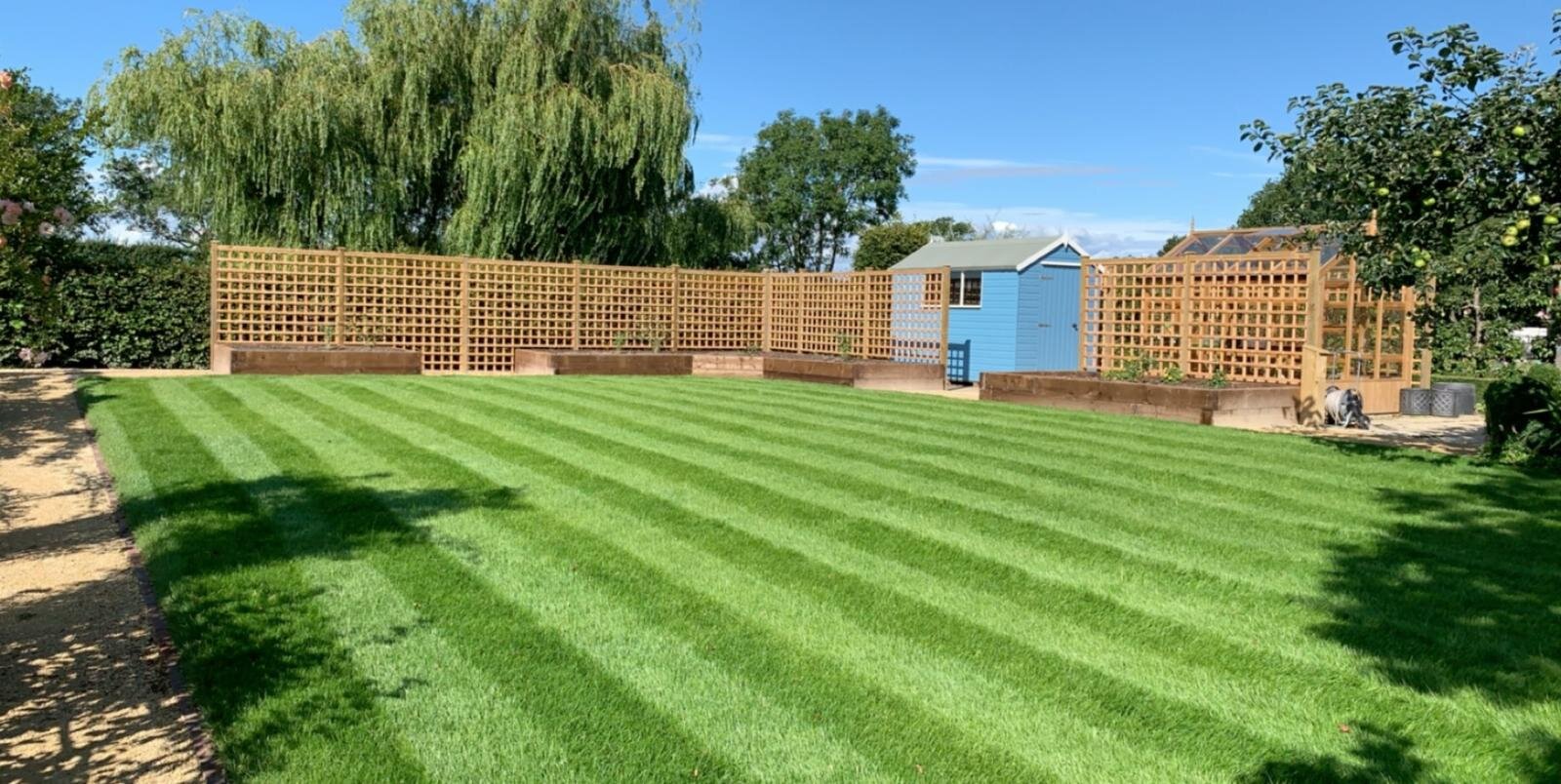
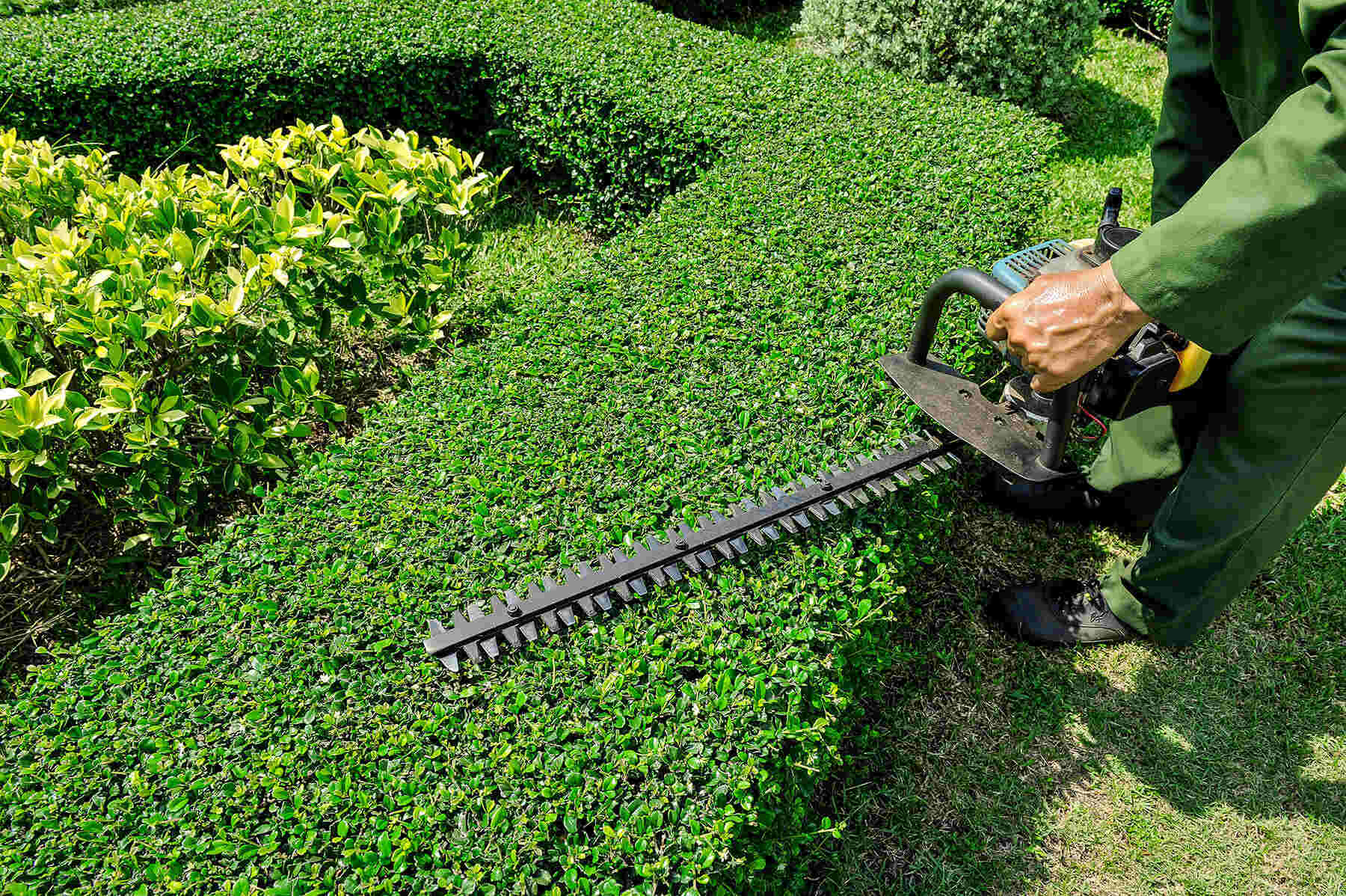
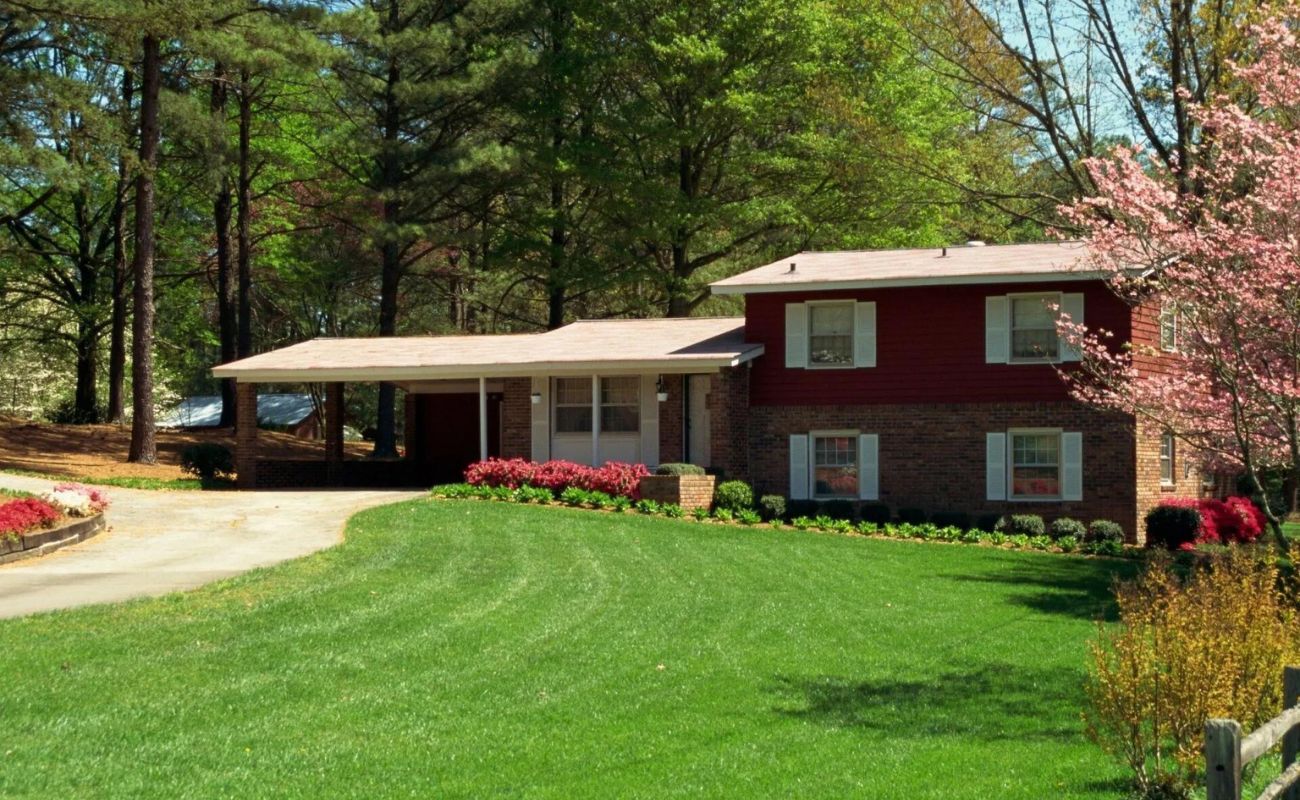
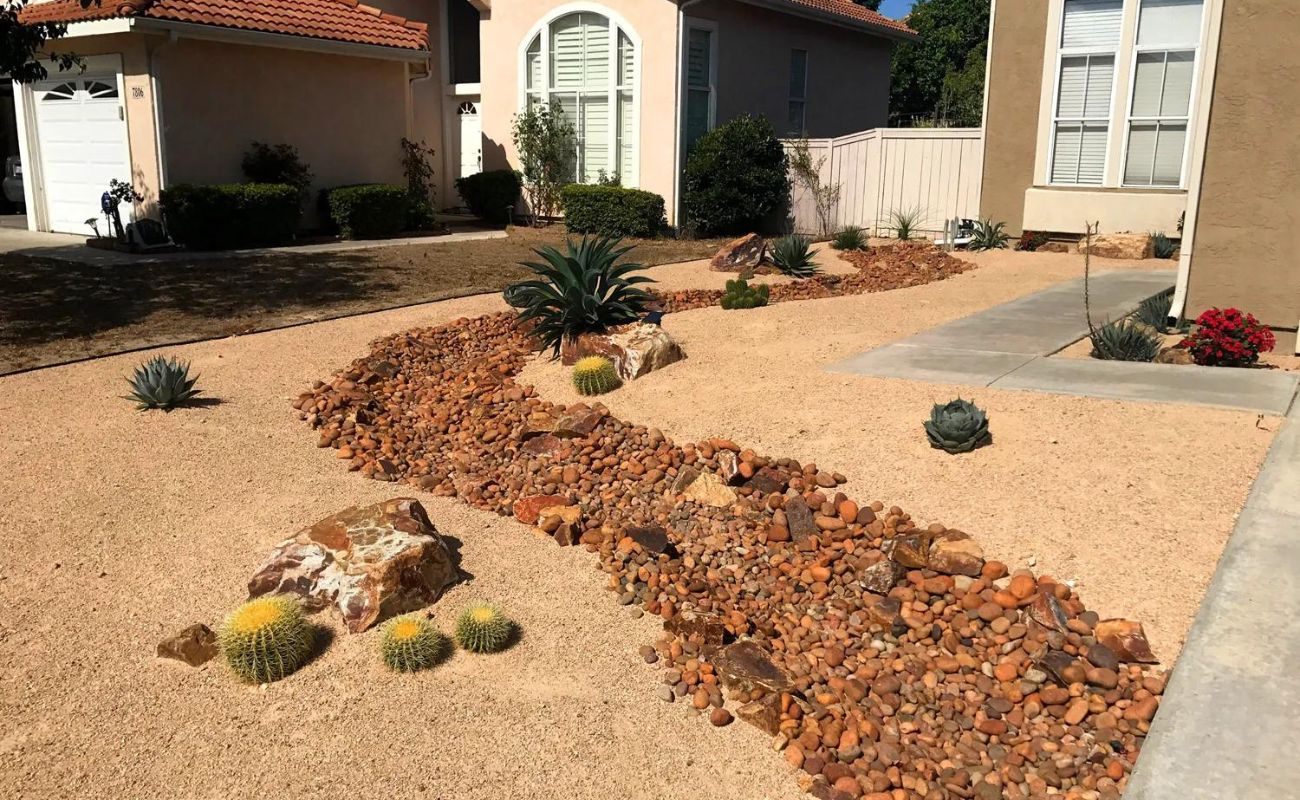
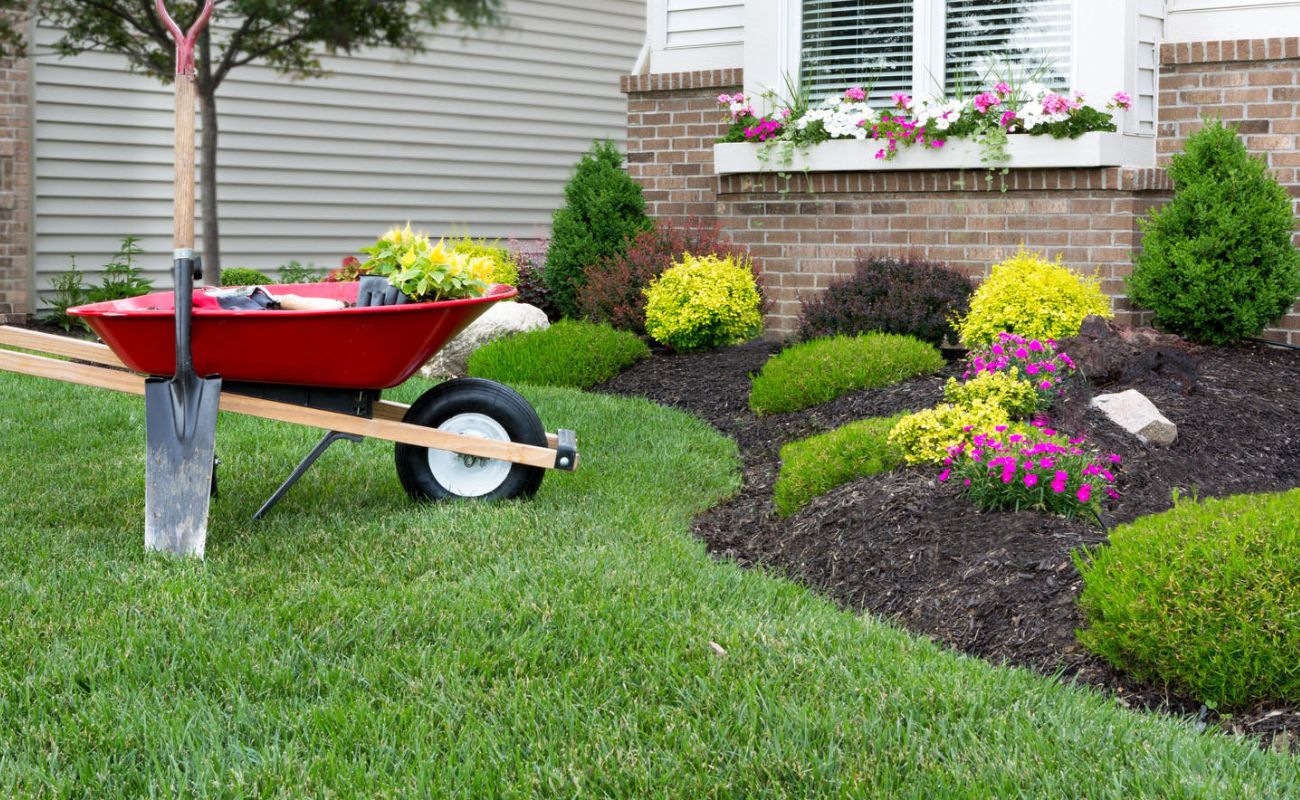
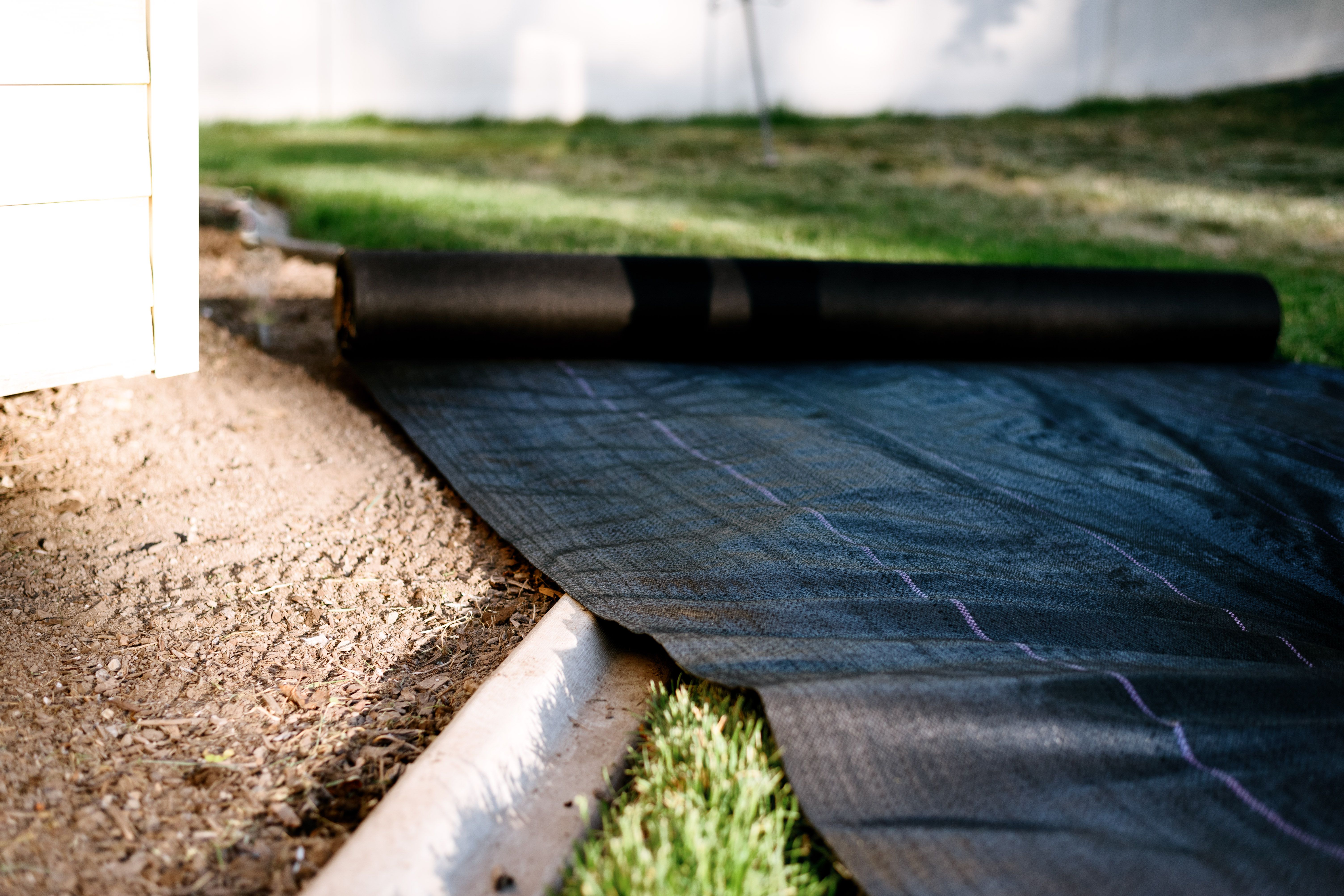
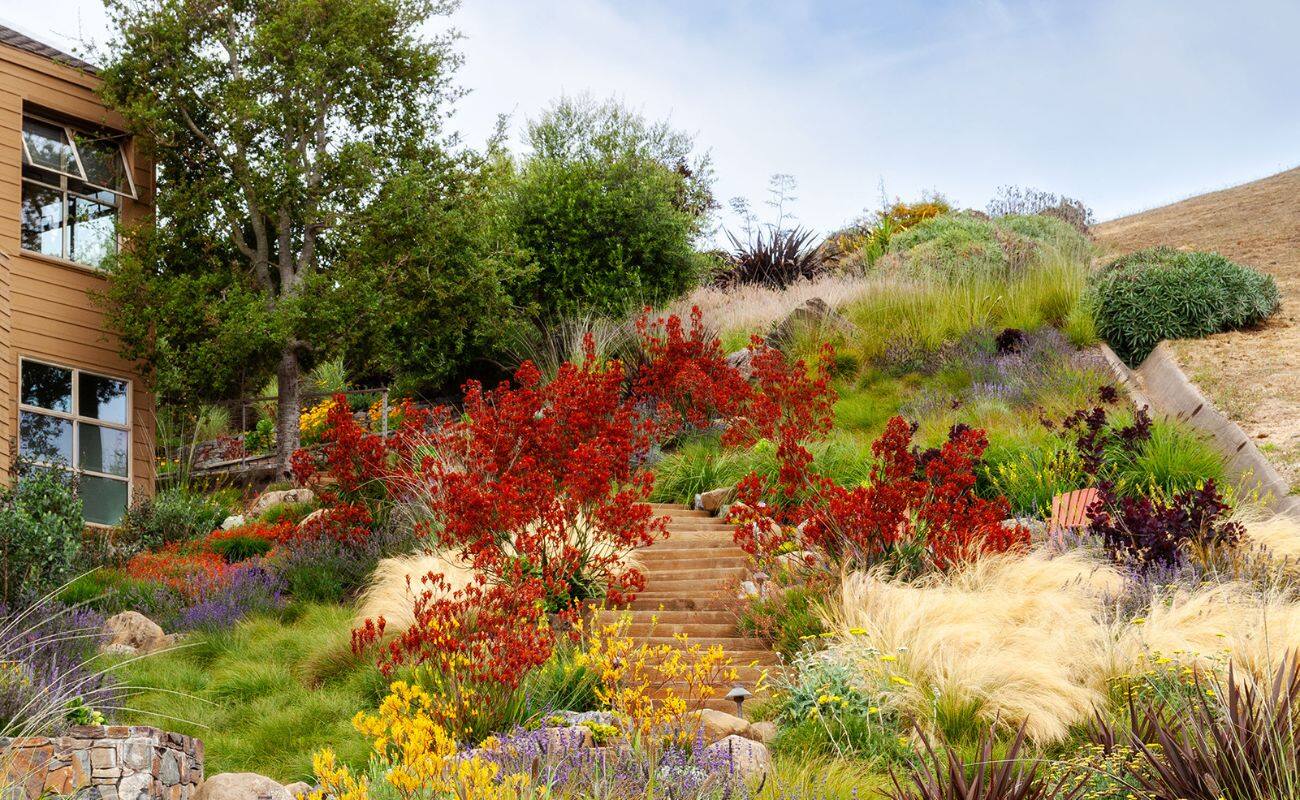
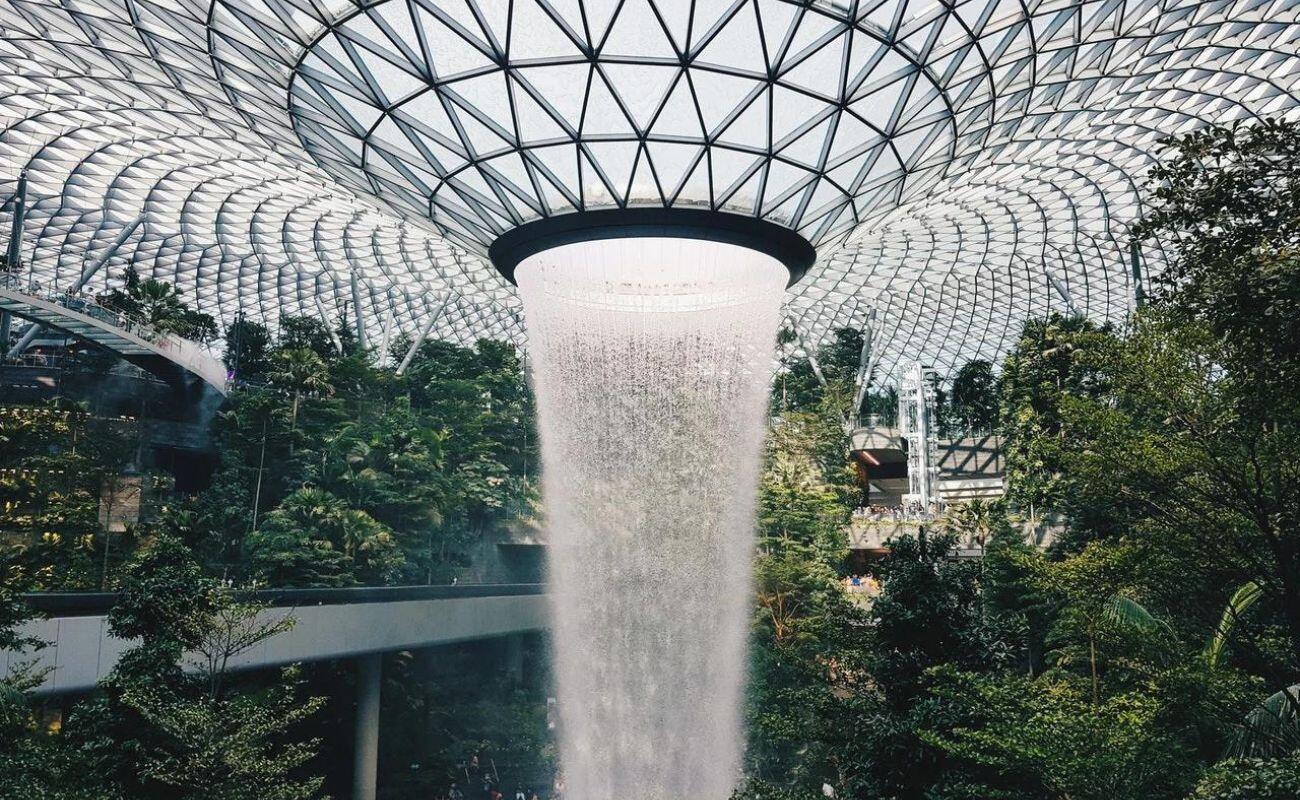
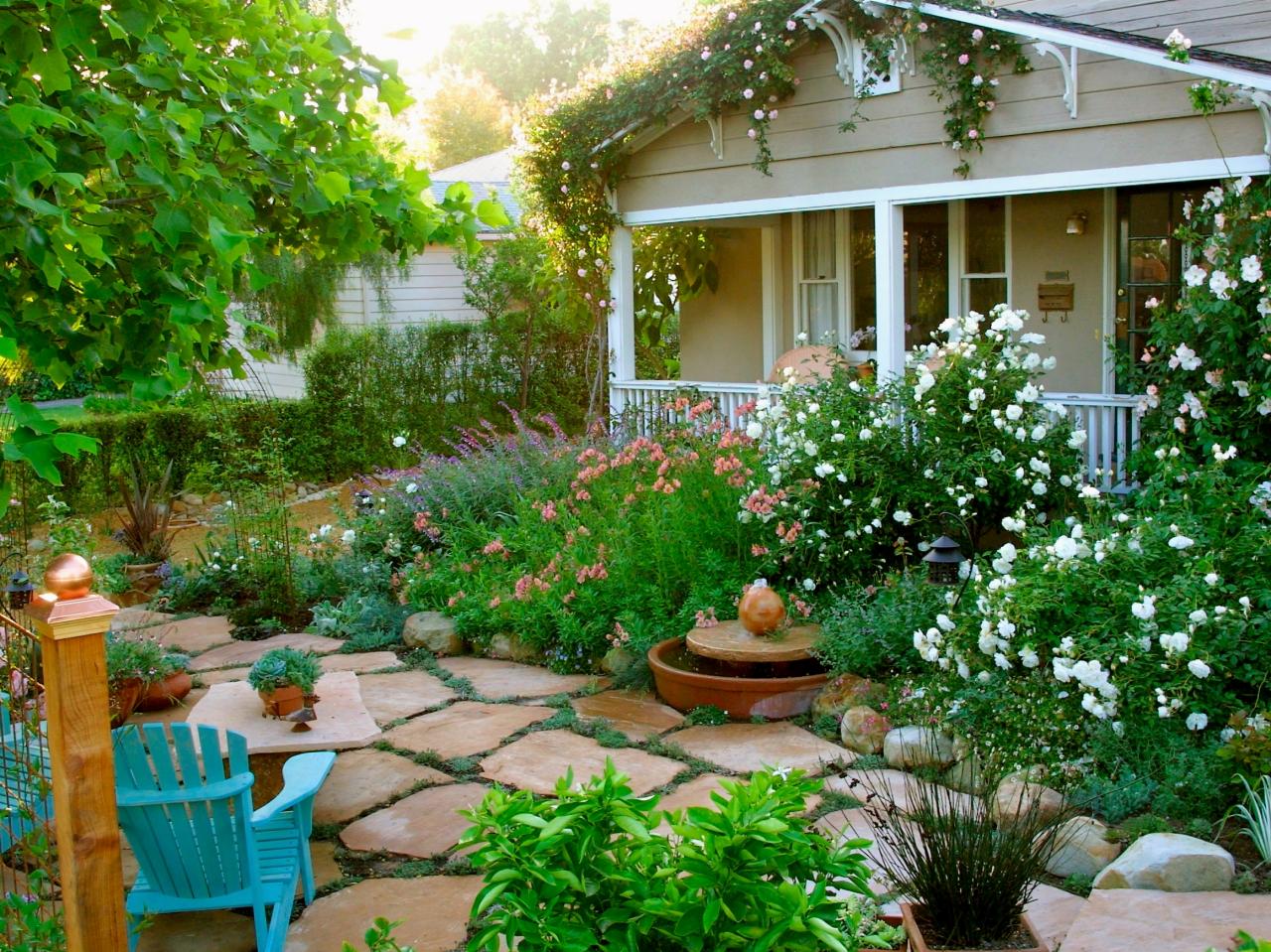
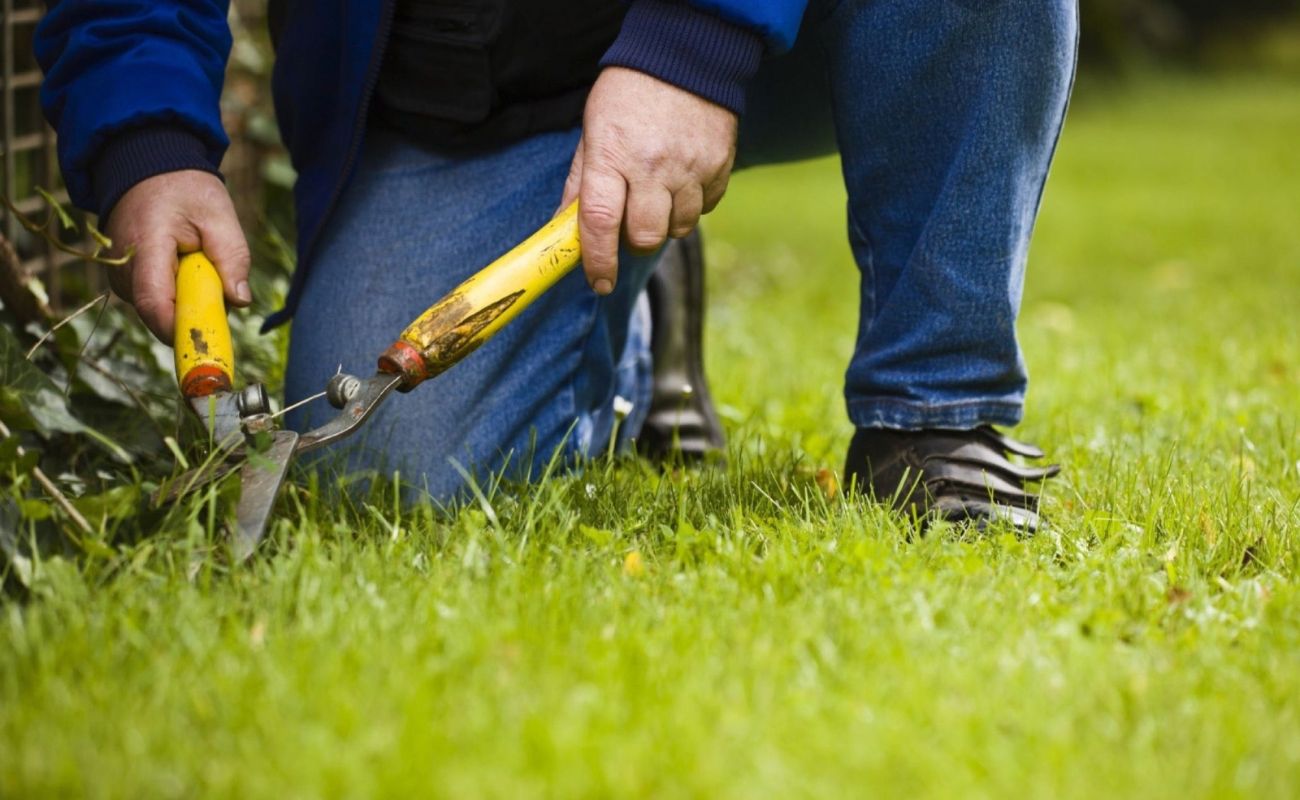
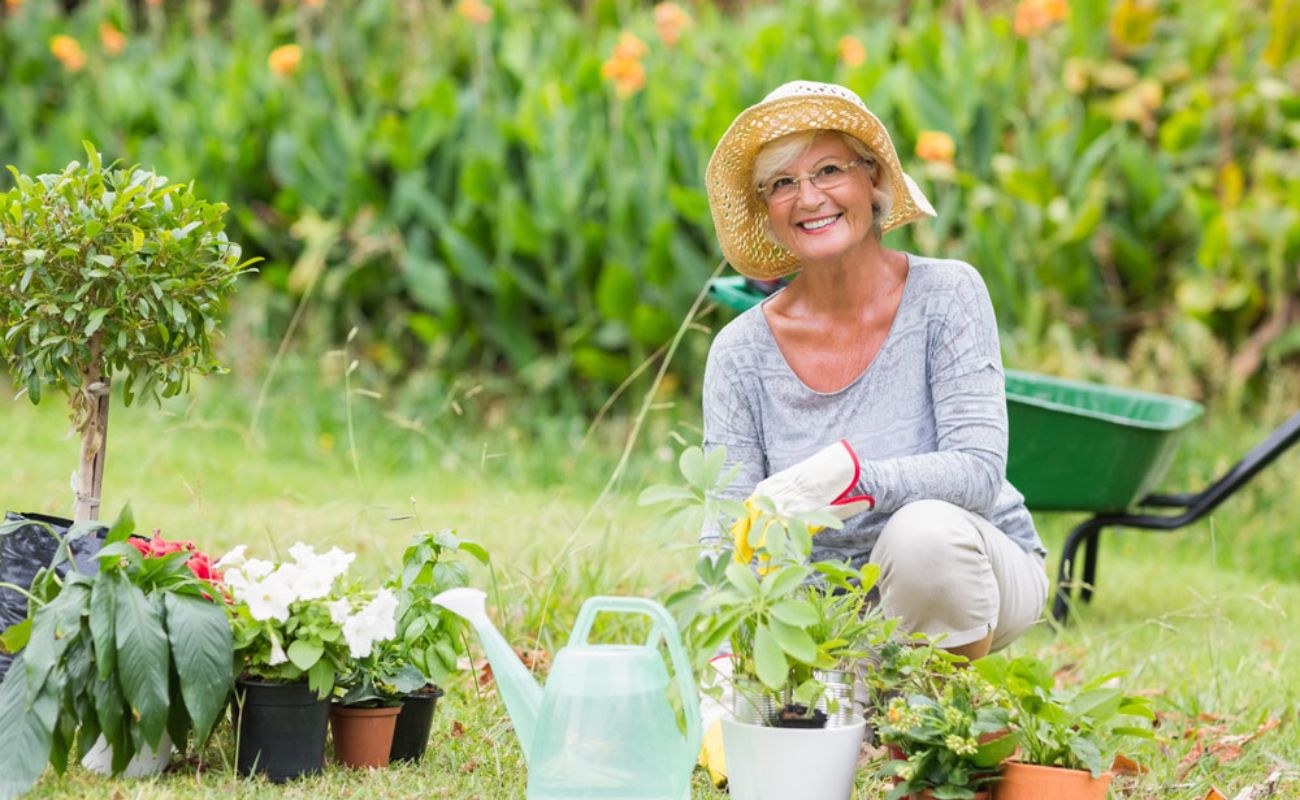
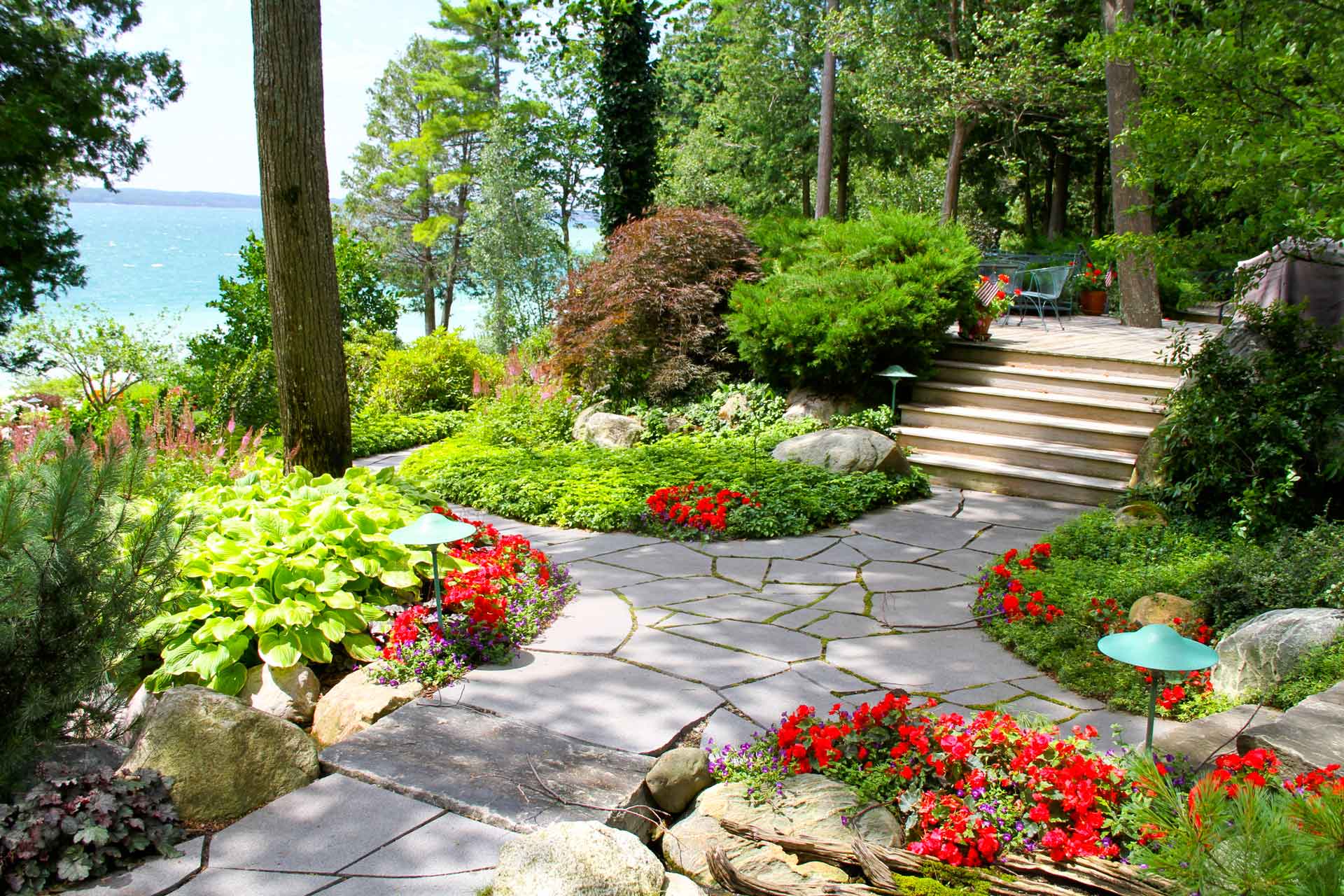
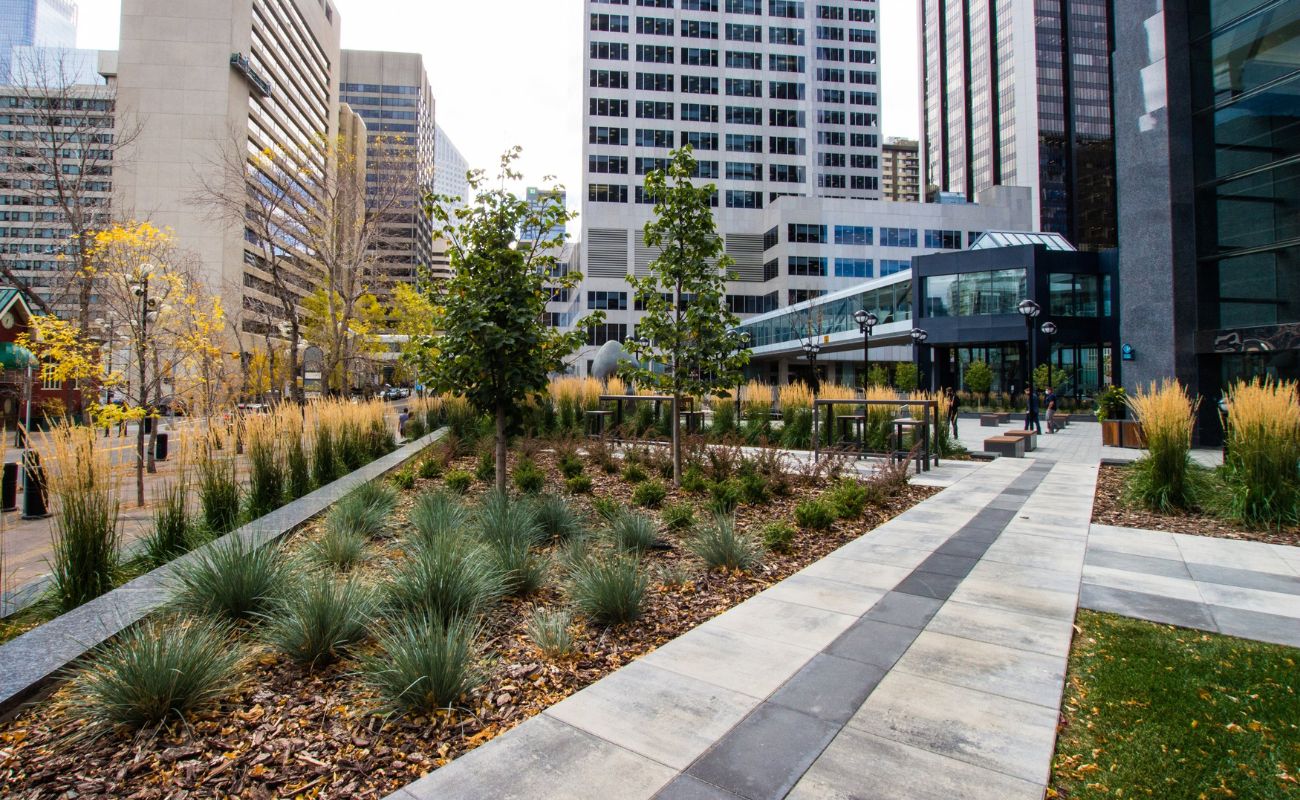
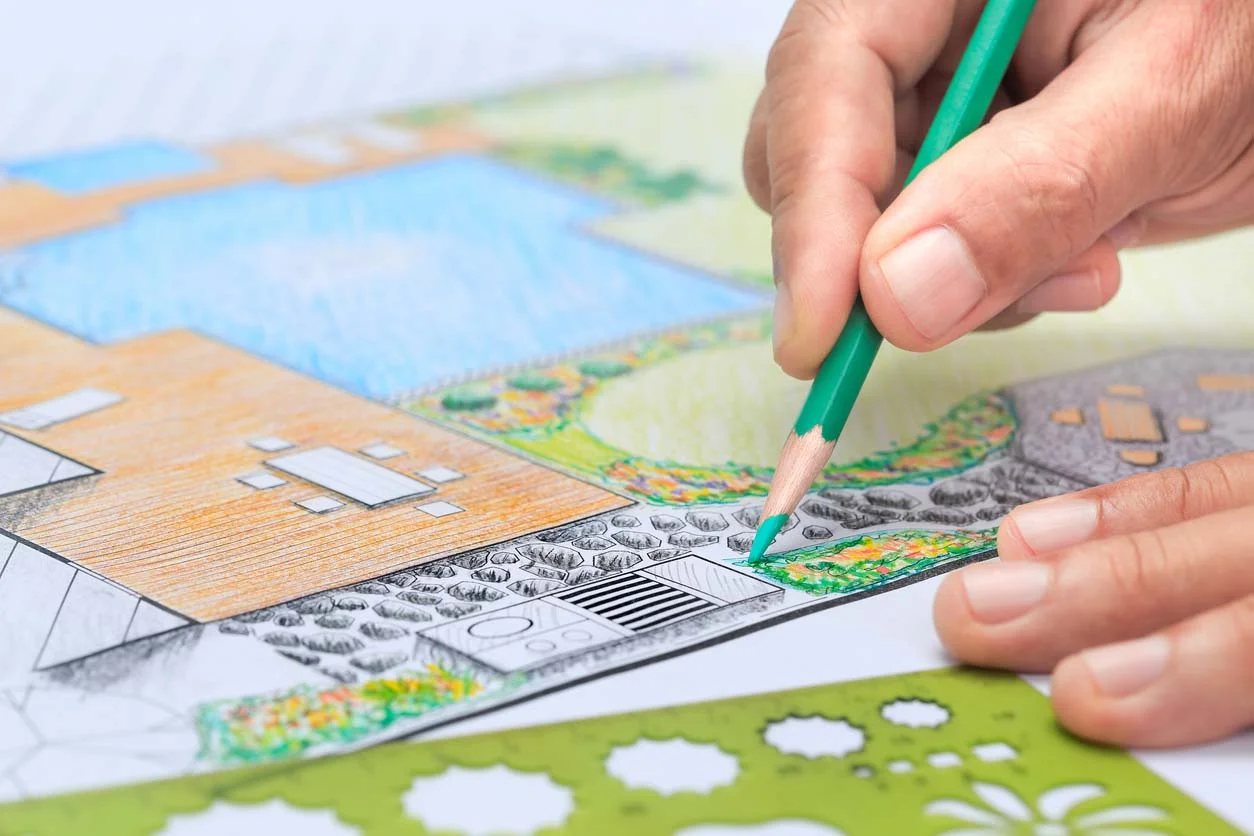

0 thoughts on “What Is Hard Landscaping”